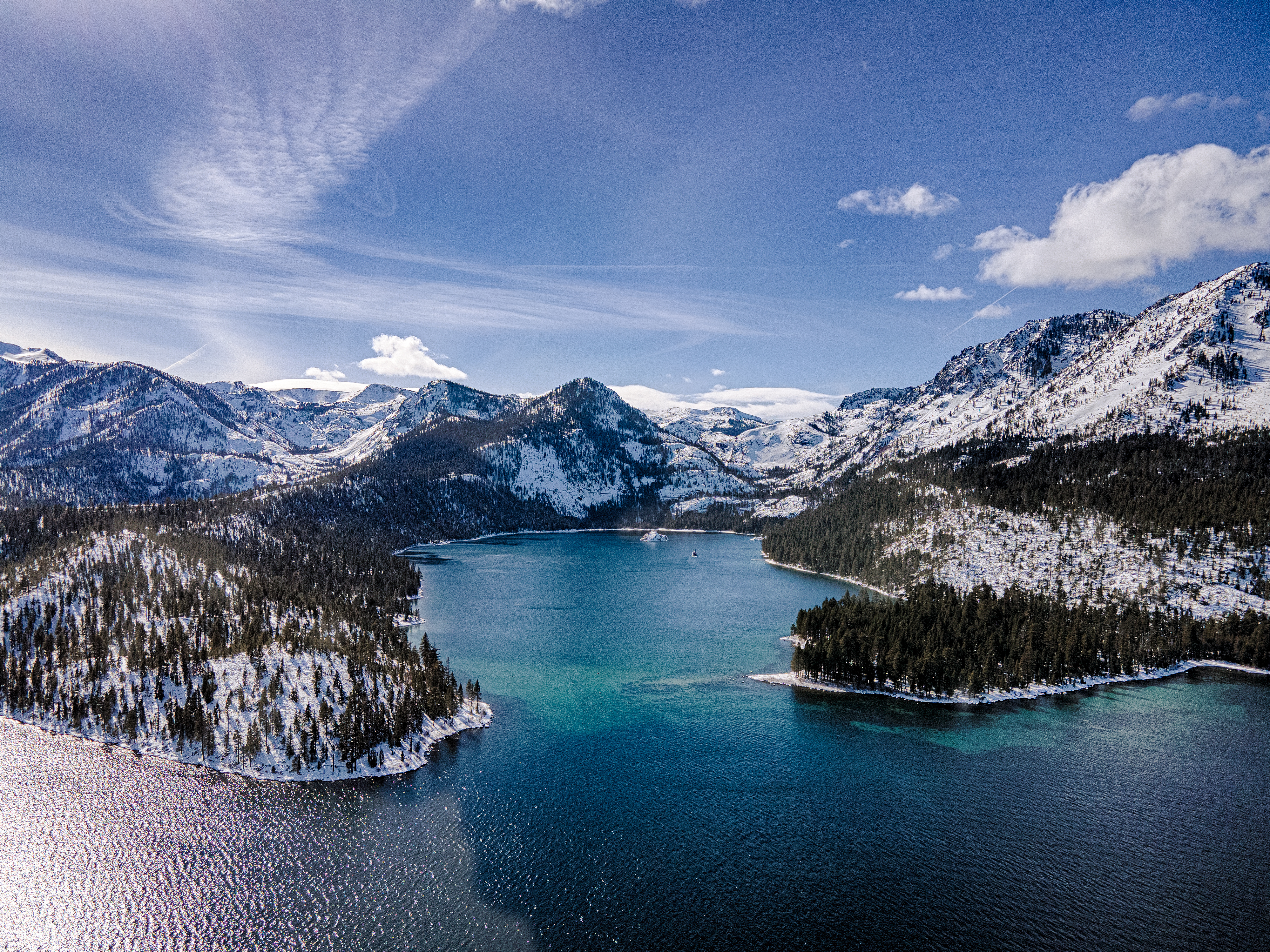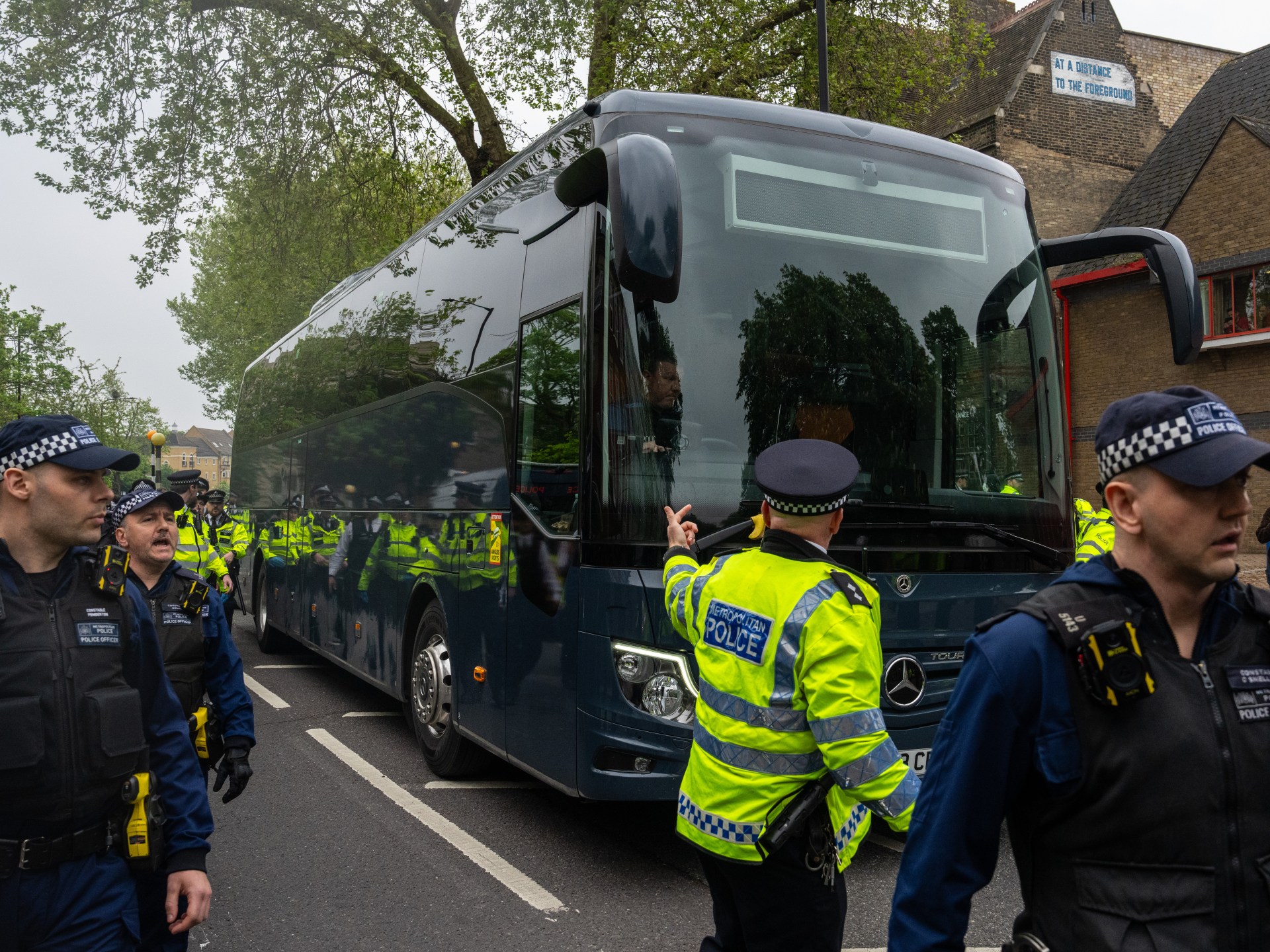Alaska
Relocation of eroding Alaska Native village seen as a test case for other threatened communities • Alaska Beacon
The Yup’ik village of Newtok, perched precariously on thawing permafrost at the edge of the rapidly eroding Ninglick River, is the first Alaska community to begin a full-scale relocation made necessary by climate change.
Still, the progress of moving to a new village site that is significantly outpacing relocation efforts at other vulnerable Alaska communities, remains agonizingly slow, say those who are in the throes of the transformation.
“There is no blueprint on how to do this relocation,” said Carolyn George, one of those still living in Newtok. “We’re relocating the whole community to a whole different place, and we did not know how to do it. And it’s been taking too long — over 20 years, I think.”
George, who works at the Newtok school, was one of the self-described “Newtok mothers” who made comments at a panel discussion at the recent Arctic Encounter Symposium in Anchorage. The river waters, once at least a mile away, have edged closer and closer, and the village, once sitting high on the landscape, continues to sink as that permafrost thaws, she said.
Plans to move Newtok started to solidify in 2006 with the formation of the local-state-federal Newtok Planning Group, but that followed many years of debate and study that led to the decision to relocate. according to the Alaska Division of Community and Regional Affairs. The new site, about 9 miles away on the south side of the Ninglick River, is called Mertarvik, meaning “getting water from the spring.”
In 2019, the first Mertarvik residents settled into their new homes. As of now, more than half of the residents have moved to Mertarvik.
The latest count is 220 in Mertarvik and 129 still at Newtok, said Christina Waska, the relocation coordinator for the Newtok Village Tribal government.
The goal is to have everyone in Mertarvik by the fall, even if that means some people will be living in temporary housing, like construction work camps.
“Our ultimate goal is to not leave anyone behind,” she said.
With a single local government, a single Tribal government and unified services like mail delivery, Newtok and Mertarvik technically make up a single community. But often it does not feel that way.
George is among those coping with a sense of limbo.
Her five daughters and their father have moved to a new house in Mertarvik, but she remains in Newtok because of her job. That is a hardship, she said. “Being alone, I get anxiety, and I miss my girls, you know. Especially at night,” she said.
And the school where she works, and which is set to be demolished this summer, is in dire shape.
The four classrooms are heated by a small generator. There is no food cooked on-site for the kids. There is no plumbing – a situation that, for now, is being addressed with a “bathroom bus” that shuttles kids to their homes as needed.
Conditions are notably better at Mertarvik, said speakers at the conference.
Lisa Charles, another panel member, described the difficult conditions her family left behind in Newtok. The family was packed into a too-small, two-bedroom house with thawing permafrost below and mold growing inside. It took a toll on their physical well-being, she said.
But once the family settled in at Mertarvik, things improved, she said.
“After moving over to the new village site, we noticed all of our health improved, especially for my daughter that grew up with asthma,” Charles said. “After we moved over to our new home, she grew out of her asthma problem.”
There have been complications, like power outages affecting the school, attributed to demand that outstripped capacity.
Among the challenges is a timing mismatch. Waska and new Tribal administrator Calvin Tom started their jobs only recently, too late for them to place summer barge orders, and as a consequence, no building materials are expected to be barged in 2024 and no new houses will be built this summer in Mertarvik, Waska said.
There is still plenty of work to be done aside from construction, she said. And construction is seen as a process that will continue long after all residents are settled at Mertarvik, she added.
“It’ll never be done. If you look at every village, even Anchorage, Fairbanks, it’s always under construction,” she said.
While Newtok is the first Alaska village to relocate, others will follow.
Even two decades ago, 31 communities were identified as facing imminent threats that would make their locations potentially unlivable in the near future. Of those, nearly half were planning or considering some form of relocation.
Next after Newtok to relocate entirely may be Kivalina, an Inupiat village on the Chukchi Sea coast that is facing numerous climate stressors along with rapid erosion. The community now has a new evacuation road, completed in 2021, that can better enable movement to a new site.
But plans hit a snag after a study by the U.S. Army Corps of Engineers revealed that the originally chosen relocation site, called Kiniktuuraq, is also vulnerable to the same climate change stressors that are expected to make Kivalina uninhabitable in the relatively near future.
Napakiak, a Yup’ik village perched on a section of eroding land along the Kuskokwim River that is being quickly eaten away in large chunks, has also made progress. The community is now engaged in a partial relocation, a strategy known as “managed retreat.” Some families have already moved from vulnerable sites to safer ground upland, and there is state money available for a new school to replace the erosion-threatened building.
There is no single source of money to pay for relocation work, even for the Newtok-Mertarvik transformation, the most advanced of the projects.
The Newtok-Mertarvik move has been funded through various allocations over time. Among the recent infusions were $25 million through the Infrastructure Investment and Jobs Act and another $6.7 million from the Federal Emergency Management Agency. Napakiak received a similar $25 million grant through the infrastructure law and a $2.4 million infusion earlier this year from FEMA.
The combined costs of full and partial relocations for all the villages that need them are expected to be staggering.
Of 144 Alaska Native villages with damages from flooding, erosion, permafrost thaw or some combination of those impacts, costs for protecting infrastructure are expected to mount to $3.45 billion over the next 50 years, according to a 2020 report by the U.S. Bureau of Indian Affairs. An additional $833 million is needed to protect the hub communities of Utqiagvik, Nome, Bethel, Kotzebue, Dillingham and Unalaska, said the 2020 BIA report, which was produced in cooperation with the Denali Commission and other agencies.
The sources for the needed funding remain unclear, and bureaucratic hurdles are delaying progress toward necessary relocations, a recent report from the Alaska Native Tribal Health Consortium said.
There are fundamental obstacles in rural Alaska that make it extremely difficult for Alaska communities to work through the federal system, said Jackie 
She cited an example during the Arctic Encounter Symposium forum. “Every federal agency requires you to have some type of reporting and in most of the cases you have to apply for the federal funding online. If you don’t have stable internet, how do you do that?” she said.
The ANTHC report recommends an overhaul to streamline a process that is a poor fit for remote Alaska villages.
In some ways, the Newtok-Mertarvik residents said, their split community has successfully overcome difficult challenges, making their relocation a possible example for other threatened communities in Alaska and elsewhere in the United States.
But those successes can also be bittersweet.
Relocation is absolutely necessary because the old village site is now an unhealthy place to live, Waska said. Nonetheless, she feels conflicted about abandoning the hometown she loves.
“Newtok is my home. It’s kind of sad. It kind of breaks my heart that Newtok is no longer going to be there,” she said.
GET THE MORNING HEADLINES DELIVERED TO YOUR INBOX

Alaska
Canada West to East Kicks Off From Alaska Border » Explorersweb
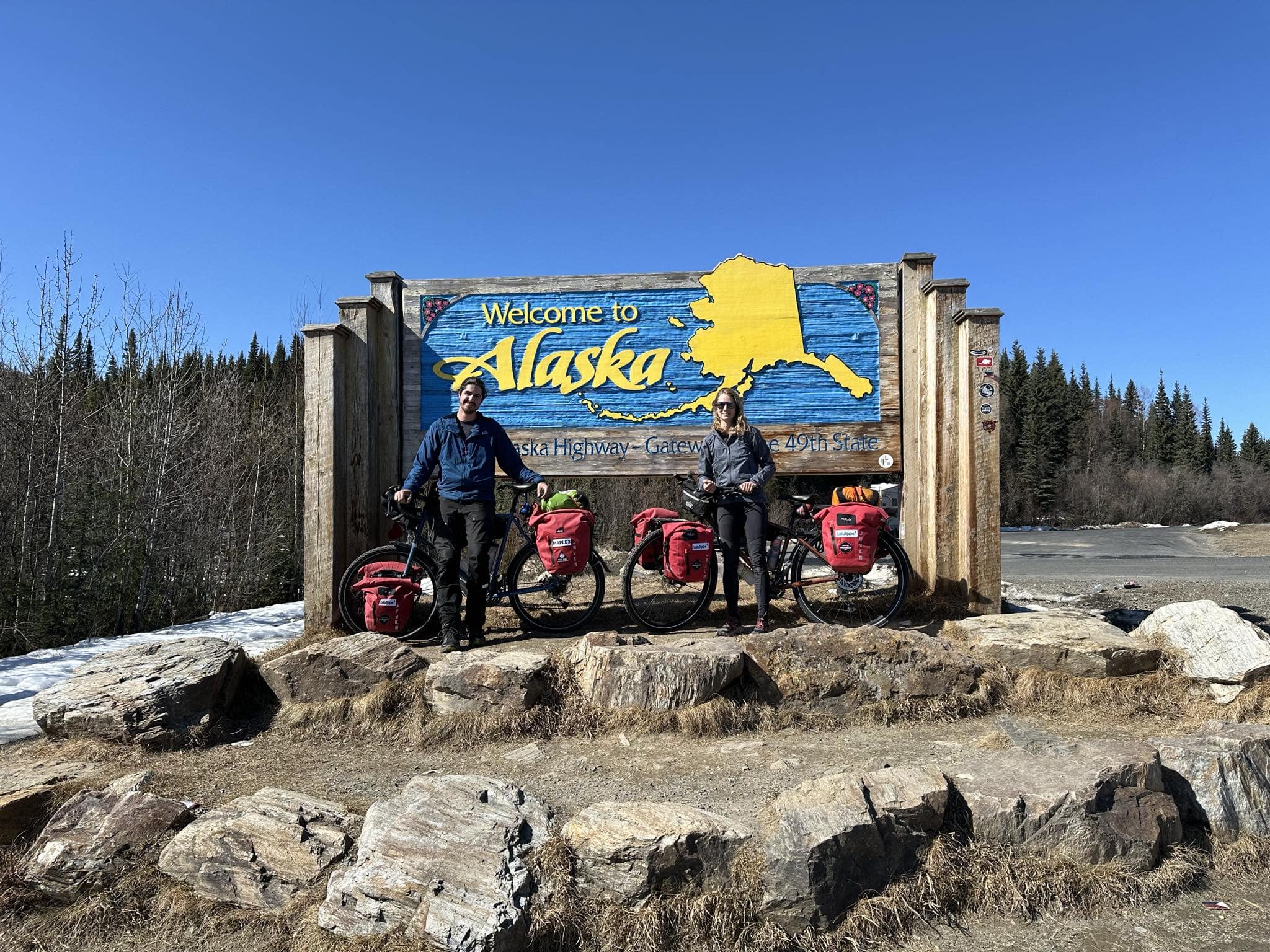
Nicolas Roulx and Catherine Chagnon have set off on their monster six-month, 6,500km west-to-east journey through Canada. The duo’s entire trip will take place north of the 60th parallel.
Chagnon and Roulx had planned to set off by bicycle from near Beaver Creek on the Alaska-Yukon border on April 18 but left a few days later on April 21. By May 1, they had covered 900km along the Alaska Highway. As the pair transition to the dirt Nahanni Range Road, their 120km per day pace may slow. Camping as they go, they’ve had good weather and encountered some wildlife, but no grizzlies.
The full 6,500km route. The section in red highlights the cycling segment. Photo: Expedition AKOR
They will ride the dirt road for around a week before reaching the village of Tungsten. Here, they will meet friends Mathieu Beland and Guillaume Moreau. The foursome will then begin the meaty 2,800km canoe section of their expedition on the Nahanni River.
Will it be warm enough to paddle?
It will be interesting to see how much paddling they manage on the lakes and rivers of the Northwest Territories. Much of the route could still be frozen, though Roulx told ExplorersWeb they did not expect it to be a major problem before setting off.
“It’s an El Nino year, so it should be a little warmer,” Roulx explained.
These opening few weeks are a vital warm-up for Roulx. He suffered a nasty accident not long after his 2021 Canada north-to-south expedition. He broke his leg while bouldering and has endured a long road to recovery. So far Roulx’s knee is holding up well, though he does report “suffering from some knee pain, but nothing serious or abnormal.”
Alaska
Bronson, LaFrance offer different views and priorities in Alaska Public Media-ADN mayoral runoff debate

Anchorage mayoral candidates Dave Bronson and Suzanne LaFrance faced off in a debate hosted by Alaska Public Media and the Anchorage Daily News Thursday night.
The two sparred over competing ideologies and priorities.
Bronson, the incumbent, made homelessness a centerpiece of his debate performance, mentioning his proposed East Anchorage homeless shelter in six different answers. The shelter was rejected by the Assembly after his administration broke city code by proceeding with construction without Assembly approval. He also described homelessness as a major driver of pedestrian deaths and high rates of violence against women.
“We need to protect these women by putting them into a shelter,” Bronson said. “And that’s why for three years, I’ve been trying to build a shelter. And somehow this shelter got political. I don’t know how, but at the end of the day, that’s the path forward.”
Meanwhile, former Assembly Chair Suzanne LaFrance focused on providing basic services during the debate. She said she’d prioritize local governance, rather than divisive state and national politics.
“We’ve got to get the basics right,” LaFrance said. “And right now, you know, we’ve got a APD staffing shortage of over 50 sworn officers. We don’t have a plan on homelessness. And we’ve got to figure out a way to plow our streets of snow in the winter.”
The moderators asked both candidates questions specifically tailored to them. Bronson was asked about comments he’d made at an Anchorage Chamber debate this week where he described himself as “normal”, and his opponent as “woke.”
Bronson described wokeness as a harmful left-wing platform.
“It’s a political ideology of the far left,” Bronson said. “I don’t think it’s healthy. I don’t think it reflects science. I don’t think it reflects, certainly, good public policy.”
Meanwhile, LaFrance was asked about concerns that she’s too closely aligned with the current Assembly. She said checks and balances would continue if she becomes mayor, and when she was on the Assembly, there were disagreements.
“That is exactly what I would expect as mayor from the Assembly,” LaFrance said. “Because you’ve got 12 different people who are working to do their best to stand up for their constituents. And there’s going to be some healthy disagreement.”
A poll of debate viewers and listeners found that about 90 percent had already decided who they would vote for, with about nine percent saying they were undecided and one percent saying they weren’t voting.
Ballots for the mail-in runoff election are due May 14.
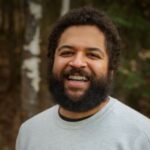
Alaska
Dunleavy says lawmakers shouldn't pass bills to address homeschool decision. Lawmakers say that's risky.
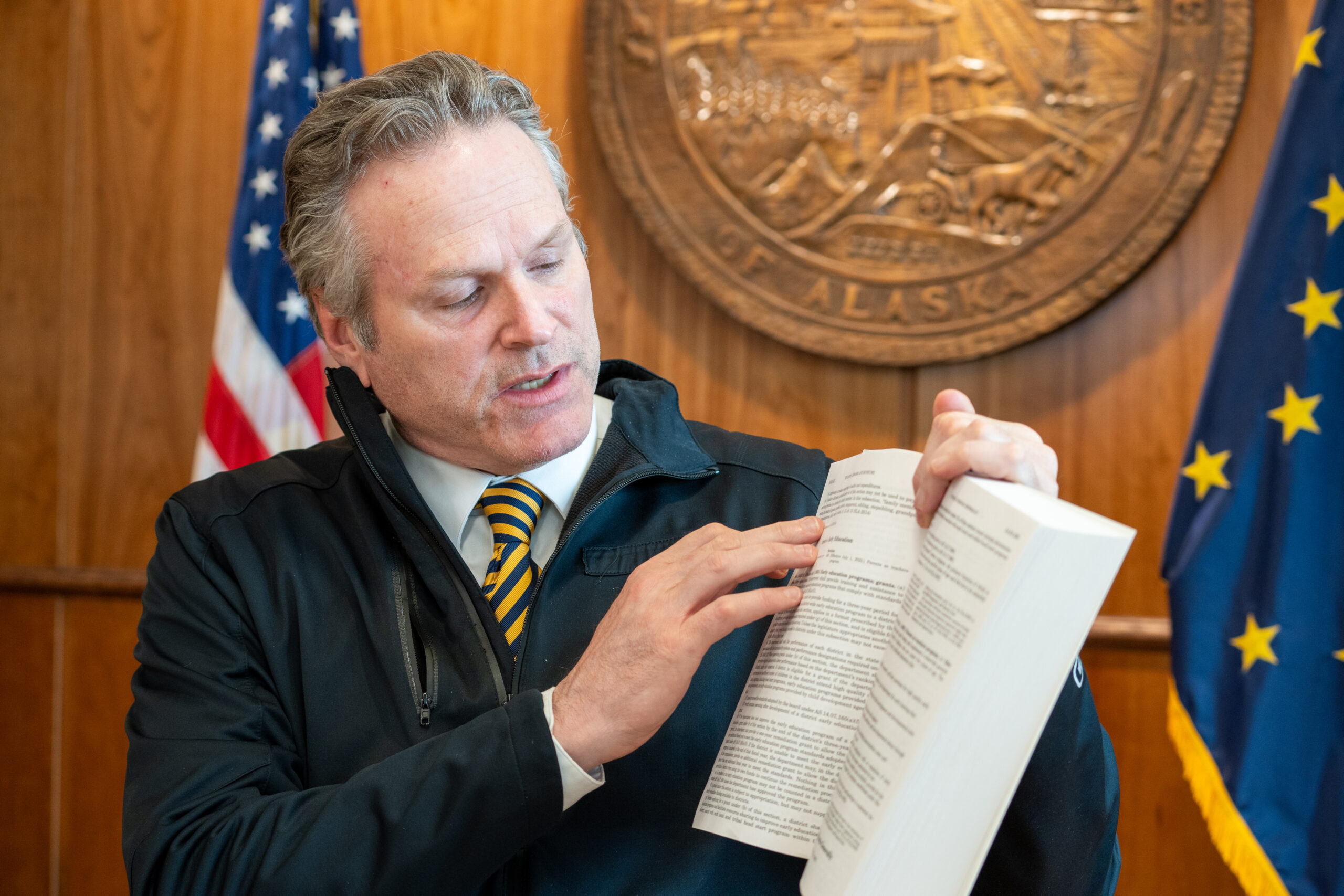
Gov. Mike Dunleavy is calling on lawmakers to pause their efforts to address a court ruling that threatens the state’s homeschool system, saying they should wait for a ruling from the Alaska Supreme Court.
“This is literally a disaster, potentially, an emergency because of its magnitude,” he told reporters at a news conference on Wednesday.
The decision from an Anchorage Superior Court judge found two laws underpinning much of Alaska’s homeschool system unconstitutional. Alaska’s Constitution prohibits spending public money “for the direct benefit of any religious or other private educational institution,” and Judge Adolf Zeman found that payments to homeschool families for things like books and lesson plans had been used for tuition at private and religious schools, which he declared unconstitutional.
But Department of Law Civil Division head Cori Mills, who appeared alongside Dunleavy on Wednesday, said the decision throws a lot more than homeschool spending into question.
“It’s difficult not to read the decision to say that any private organization is impacted,” she said. “So a private organization, in the court’s opinion, seems to equate to a private educational institution.”
And schools spend money on private organizations all the time — books from McGraw Hill, bussing from First Student, tutoring from Sylvan, the list goes on. The plaintiffs’ lawyer in the case, Scott Kendall, said the broad interpretation is “bizarre” and “misleading” and that Dunleavy should seek more guidance from the court. But Dunleavy insisted there’s not much choice but to wait for the Supreme Court to rule.
“This is why we’re saying a quick fix that some are advocating for, we don’t see how it fits into the ruling right now,” Dunleavy said.
But there’s still a big unanswered question: It’s not clear when or if the court’s ruling will take effect. It could be any day, or the end of June as the plaintiffs requested, or longer, as the state and parents backing the homeschool system have requested. And Dunleavy told reporters he’ll likely call lawmakers back to Juneau for a special session if the Alaska Supreme Court doesn’t allow the homeschool laws to stand.
But Sen. Bill Wielechowski, D-Anchorage, said that could be tough to pull off — this summer and fall is campaign season, and he said he’s not sure legislators would be able to get together. So he said he’s in favor of passing a law that puts guardrails on how homeschool funds are spent — or a regulatory fix from the Dunleavy administration that, according to the Legislature’s attorneys, would be compatible with the decision.
“If we put a statute in place, or quite frankly, if there are regulations put in place before that, then homeschoolers will have certainty. Correspondence school families will have certainty. They’ll know what the rules are,” he said. “I think if we don’t do that, this potentially creates tremendous uncertainty for families that use correspondence schools.”
The Senate Education Committee rolled out one possible approach in late April. The sponsor, Sen. Löki Tobin, D-Anchorage, says it’d restore components of the system that existed before the 2014 law that was declared unconstitutional.
The House Education Committee has its own version of a fix. It would more closely mirror the more recent homeschool system, but with stricter limits on buying things like ski passes, power tools and private school classes.
Education Committee co-chair Rep. Justin Ruffridge, R-Soldotna, called for an immediate legislative fix after the decision came out — and despite Dunleavy’s call to hold off, he says that’s still the plan.
“Well, I think if we say we can’t pass statutes to fix things, why would we ever pass a statute ever again?” Ruffridge said.
He said he agrees with Dunleavy that lawmakers have to think long-term. But he said passing a law clarifying the rules would be a good idea.
“We also have to take a view that says, ‘How do we bring stability to folks?’” Ruffridge said. “It’s a lot of people, 23,000 students, so I think we have an obligation to both.”
Doing nothing, Ruffridge and Wielechowski said, risks leaving homeschool families even more in limbo than they already are.
Eric Stone covers state government, tracking the Alaska Legislature, state policy and its impact on all Alaskans. Reach him at estone@alaskapublic.org.
-

 News1 week ago
News1 week agoLarry Webb’s deathbed confession solves 2000 cold case murder of Susan and Natasha Carter, 10, whose remains were found hours after he died
-

 World1 week ago
World1 week agoHaiti Prime Minister Ariel Henry resigns, transitional council takes power
-

 News1 week ago
News1 week agoFirst cargo ship passes through new channel since Baltimore bridge collapse
-

 World1 week ago
World1 week agoUS secretly sent long-range ATACMS weapons to Ukraine
-

 World1 week ago
World1 week agoSpanish PM Pedro Sanchez suspends public duties to 'reflect'
-

 News1 week ago
News1 week agoAmerican Airlines passenger alleges discrimination over use of first-class restroom
-

 Movie Reviews1 week ago
Movie Reviews1 week agoHumane (2024) – Movie Review
-

 Education1 week ago
Education1 week agoVideo: Johnson Condemns Pro-Palestinian Protests at Columbia University


